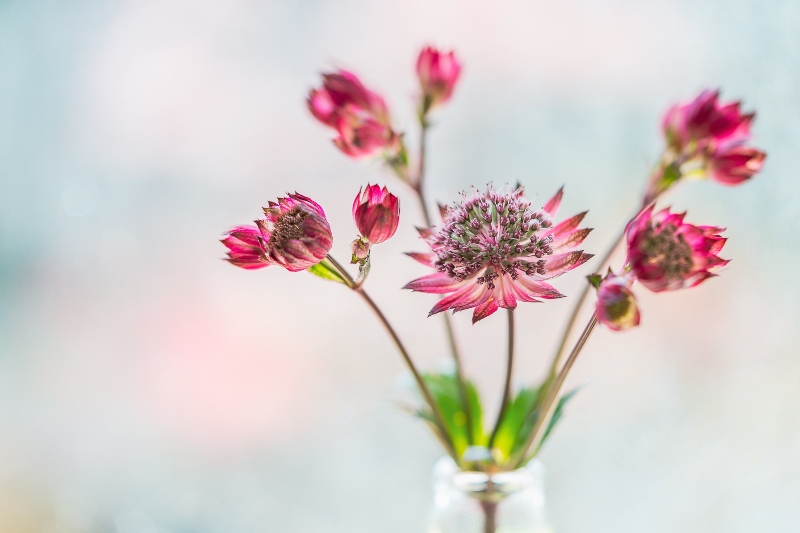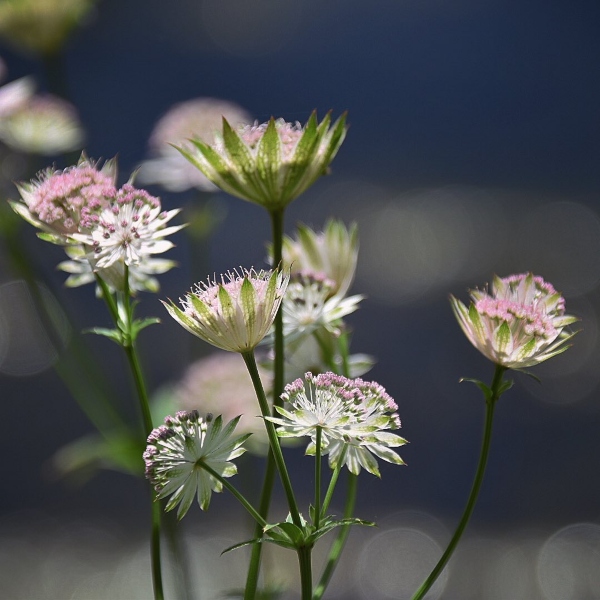How To Grow Astrantia From Seed?

Masterwort seeds need to be coldly stratified for two to three months before they can grow. During the fall, you can plant seeds in the ground. Make sure your seeds are well-watered and put them in a zip-lock bag. Keep them in the fridge for three months before planting them. The growing medium should be kept at 70°-75° F (21.1°-23.9°C) after the seeds are sowed. It will take about four weeks for the seeds to sprout. Older seeds have a harder shell as they get older, and they may need to be nicked (scarified) to help them grow quickly. After the risk of frost has passed in the spring, move the plants to the garden.
Table of Contents
Is It Possible To Grow Astrantia From Seed?
In addition to the division, Astrantia can be propagated by seed. If you want to grow Astrantia from seed, you must begin planting them in the fall months. For Astrantia seeds to germinate, they must be cold stratified. Cold stratification should be done in the fall, and once the plants have been cold treated, they can be planted in the ground to keep the soil warm.
Techniques in Saving Seeds
Determine the Best Time
When seeds are about to disperse, they are ripe and thus more likely to germinate. They won’t be ripe if harvested too early, and they’ll be gone if harvested too late.
It’s simply a matter of keeping an eye on the plants you want to collect seeds and moving in when the seeds appear to be about to scatter.
Best Temperature
It’s good to collect seeds when the weather is dry because you don’t want the seeds to come into contact with moisture before they’re ready to be planted. In addition, if you’re collecting seeds that are prone to flying away, avoid doing so during a windy day! A day with calm and clear skies is ideal.
Equipment
Seed saving does not necessitate using a lot of equipment, but you will need some secateurs for snipping the seedheads off the plants. As well as envelopes or paper bags to store the seeds in, you’ll need a few things. It is best not to use plastic because it can hold moisture, which is detrimental to the preservation of seeds for the following season’s planting.
Remember to keep a pen on hand so that you can quickly write the contents of each bag as soon as it is filled. I’ve learned the hard way not to put off doing this until later in the day!
Is It Difficult To Grow Astrantia Plants?
Astrantia plants are easy to grow and require little maintenance. They prefer full sun and grow in either moist or dry soil, making them suitable for indoor and outdoor cultivation. They are also hardy to around 15°C (59°F), making them suitable for warm climates. As with most plants, Astrantia plants benefit from regular watering, but they are not particular about the type of soil used.
Is It Necessary for Astrantia Seeds To Germinate in Direct Sunlight?

Astrantia seeds are sensitive to light and will not germinate if exposed to too much light. However, if they are exposed to light that is just right, they will germinate.
The optimum exposure to light for Astrantia seeds is around 6-8 hours of direct sunlight. If exposed to more than this, the seeds will not germinate and may even get damaged. If you want to try growing Astrantia seeds, keep them in the dark place until they germinate, and then expose them to the appropriate amount of light.
Masterworts’ Growing Requirements
Think about where Masterwort would naturally flourish, such as in moist, fertile woodlands or along the banks of small streams and ponds, where the soil is always moist.
- There should be some morning sun and some dappled shade for the rest of the day for Masterworts to thrive. A constant supply of water is required for full sun, but it’s better to grow them in partial shade most of the time. Astrantia grown in full shade will produce lush foliage but will produce fewer flowers than those grown in full sun.
- For Masterwort plants to thrive, they should be planted in soil rich in organic matter, water-retaining, and slightly acidic. Planting near a pond or stream necessitates raising the plant’s crown above the surrounding area’s water level.
- Regularly and thoroughly sanitize. Masterworts can’t withstand prolonged periods of dryness.
- Feed early in the spring and again in the middle of the summer with a good all-purpose soluble fertilizer, following the label’s directions.
- Remove spent flowers as soon as possible to encourage more flowers to grow.
